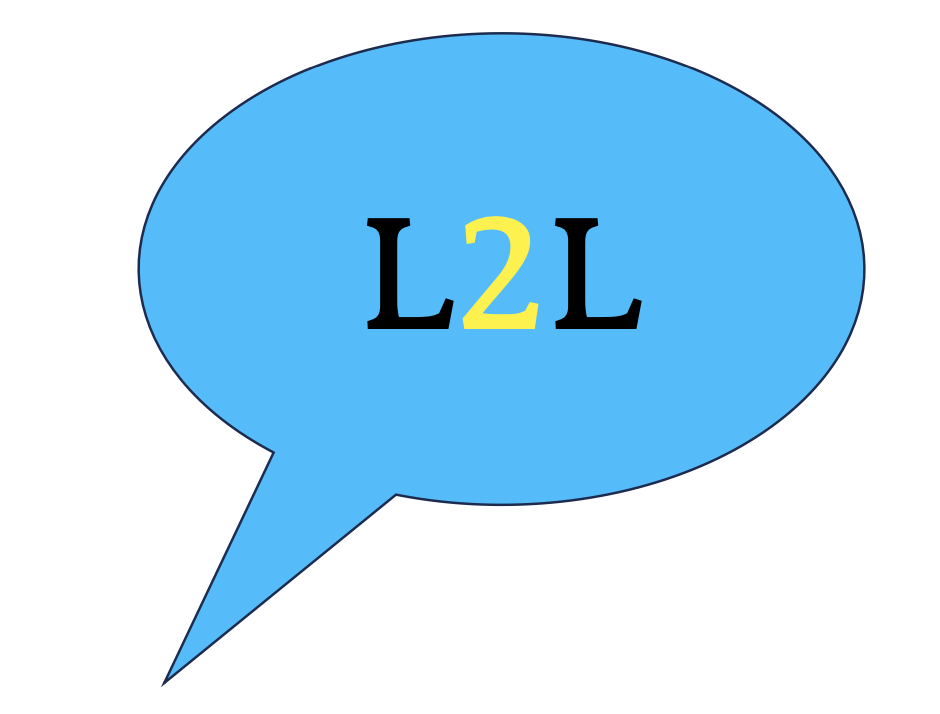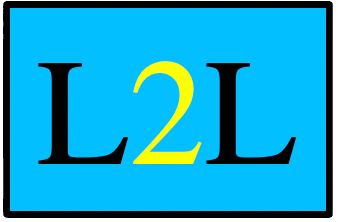Urban Healthonomics – back to the future of healthy, sustainable and prosperous cities
- Clare Delmar
- Apr 9
- 6 min read
Updated: Aug 30

Martin Prince-Parrott, the author of recently published Urban Healthonomics, is a man on a mission. He’s also a walking contradiction. Together, these make him somewhat extraordinary, and quite possibly a hero for our troubled times.
First, the mission. Martin wants to accelerate economic growth. He knows people drive this, and the best way to “help people at scale” is to improve health. And the “highest leveraged position” to impact health is, in his view, the built environment. Martin’s mission is to invest in urban places to improve health and accelerate growth.
And now, the contradictions. Martin is passionate about nature and biodiversity, and advocates for investment in technology and development. He wants to respect and preserve our urban heritage, and embrace the future in currently unimaginable ways. He’s both a visionary and an evidence-led pragmatist, an ambitious optimist led by data.
At a time when we are at an inflection point in how we deliver both health and housing, when a quarter of the UK population describe as disabled, and when the government wants to invest in community-based prevention-focused healthcare, Martin and Urban Healthonomics offer an exciting way forward.
I sat down with Martin just after his book was published last week to discuss with him the origins of Urban Healthonomics, how his approach will help various stakeholders in creating healthier cities, why a reframing of public health and urban development is both timely and necessary, and how local people can lead in the development of healthy cities through entrepreneurship.

Martin Prince-Parrott
Provenance and inspiration
Urban healthonomics, according to Martin, are policies and practices that use health to accelerate growth. It fundamentally assumes that economic prosperity is driven by the productivity and performance of people; when this is expressed at a high level we have growth, when it is expressed in low productivity or as sick days we have decline.
There’s a circularity to this as high productivity drives greater tax receipts which drives more investment in the urban environment, and the reverse happens when productivity declines. In other words, poor health leads to low productivity which leads to fewer funds which leads to fewer trees and park benches which leads to poor health. Circumventing this doom loop is what urban healthonomics is all about.
Martin’s career journey as an architect, designer and developer of buildings and places over the last decade has inspired an interest and expertise in the relationships between health, the built environment and economic prosperity. From managing costs on housebuilding projects to designing high-end workplaces for Gensler to investing in mixed use places as a developer, he closely observed and absorbed the impact of what he was doing on people’s performance and wellbeing.
A geekish zeal for curating and blending deep knowledge of materials, data, human and organisational behaviour along with commercial practice powerfully underpin both the form and content of Urban Healthonomics. This is particularly evident in its approach to stakeholders.
Stakeholders: inform and unite
As stated in the book’s introduction, the effectiveness of using Urban Healthonomics depends on your role as a stakeholder.
Broadly, the chapters are organised by theme, with each chapter structured to include background information, the biological impacts of urban challenges, economic implications and “non-obvious solutions” supported by case studies and research. Additionally, there is a summary
at the end of the book containing distilled solutions for each urban challenge. All of this is organised by stakeholder -- which includes designers, developers, policymakers and entrepreneurs. Their seemingly divergent interests are neatly aligned in pursuit of each urban challenge.
As the author points out
“this arrangement aims to provide multiple entry points for stakeholders to quickly access the information they need. I hope that it can serve as a practical handbook, remaining valuable long after the initial reading. While you may
be inclined to focus only on sections relevant to your role, I encourage you to explore other stakeholder sections; I believe that cities can only improve if we collectively hold ourselves accountable and strive for better and to do that effectively we must understand what is possible across all sectors.”
Essentials reframed
Urban Healthonomics reframes essentials of the urban experience like housing, infrastructure and public spaces in ways that invite reaction and ultimately bring new people into discussion about them. Housing, for example, is framed as a “vaccine”:
“there are two contrasting perspectives when it comes to housing. The first views it as a contentious issue, one that often draws lines between generations, socio-economic statuses and levels of ownership. It is essentially an ‘everything
crisis’, intersecting with issues such as inequality, the energy transition, health outcomes, economics at both a micro and macro level, crime rates, biodiversity, ageing demographics, immigration ... the list goes on”.
He continues
“However, there exists an alternative, more optimistic viewpoint – and one that I firmly hold. This perspective sees housing not just as a problem, but as a solution. It recognises that adequate housing provision serves as a vaccine against a multitude of societal issues. By ensuring everyone has access to secure housing we inoculate societies against the erosion of public discourse and relationships, which often occurs when essential resources like food and shelter are scarce.”
Nature is framed as an essential contributor to health - and economic value – in a multitude of ways.
“the interconnectedness of green spaces with nearly every aspect of urban life, and their capacity to solve or improve almost every issue, is truly remarkable. These lush oases not only stimulate physical activity and foster social cohesion but also act as key players in several critical urban functions.
They act as natural air purifiers, filtering out pollutants and enhancing air quality. Moreover, they provide much-needed shade and cooling effects, helping to alleviate the UHI effect and combatting rising temperatures in cities.
In addition to their environmental benefits, green spaces contribute to the economic prosperity of urban areas by boosting property values and attracting investment. They serve as vital stormwater management systems, absorbing
excess rainfall and reducing the risk of flooding. Furthermore, these green havens support diverse ecosystems, promoting biodiversity and providing habitats for various plant and animal species.
Beyond their practical functions, green spaces act as essential social hubs, offering venues for community gatherings, cultural events and recreational activities. They are the beating
heart of cities, nurturing a sense of belonging and connection among residents. Unsurprisingly, there is scant evidence to suggest that a city can have an
excessive amount of green space. Instead, these pockets of nature serve as the lungs of urban environments, and are indispensable for their overall health,
vibrancy and resilience. In fact, they improve almost every aspect of urban life”
This reframing of urban housing and green spaces is backed up by evidence and case studies, and in providing these, Martin uncovers an essential driver of urban healthonomics:
“the essence of healthonomics can be distilled down to
one critical factor: vibes. More specifically, to human neurotransmitters. City makers face a crucial choice: is their city a ‘cortisol city’, perpetuating
stress and negative health outcomes, or is it a ‘serotonin city’, fostering happiness, social cohesion and overall well-being? This decision shapes the essence of urban success. Please consider this fundamental concept as the key takeaway from this book”.
Listen to the locals
Local people – those who inhabit our urban environments – are at the heart of urban healthonomics. But their importance goes well beyond lip service – they are invested as knowledge bearers, negotiators, and potential wealth creators.
In communicating urban challenges in an accessible and robust way and explaining their relevance through the lens of other stakeholders, Urban Healthonomics gives local people a framework to evaluate proposed changes to their local built environment. More importantly, it gives them constructive solutions to consider and adapt to them. It can serve as a guidebook to inform and empower, providing knowledge, resources, data and ideas to engage the many stakeholders in urban development.
Second, it offers entrepreneurial solutions for local people to meet the urban challenges it presents and analyses. I like these two in particular:
· Yimby AI, which uses AI to enhance public participation in local planning and permitting processes. “The platform could leverage large language models (LLM) and large action models (LAM) to regularly scrape local planning permission websites, keeping subscribers informed about new developments and consultation dates”.
· Bloque Party, which could allow locals to make planning a city-wide cultural festival as straightforward as hosting a house party. “This would enable towns and cities to celebrate their unique identities, strengthen community bonds and generate additional revenue”.
Having read this visionary, evidence-led and creatively entertaining book, I’ve adopted a new identity - I’m an urban healthonomist. I encourage you to travel back to the future and join the club.
Clare Delmar
Listen to Locals
9 April 2025




